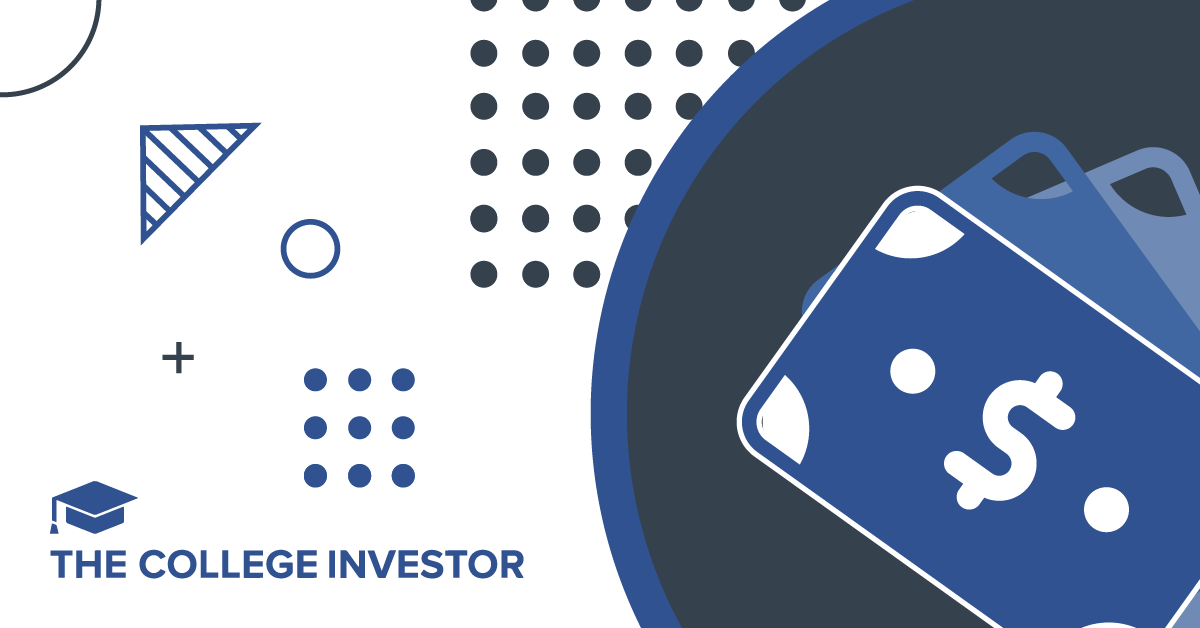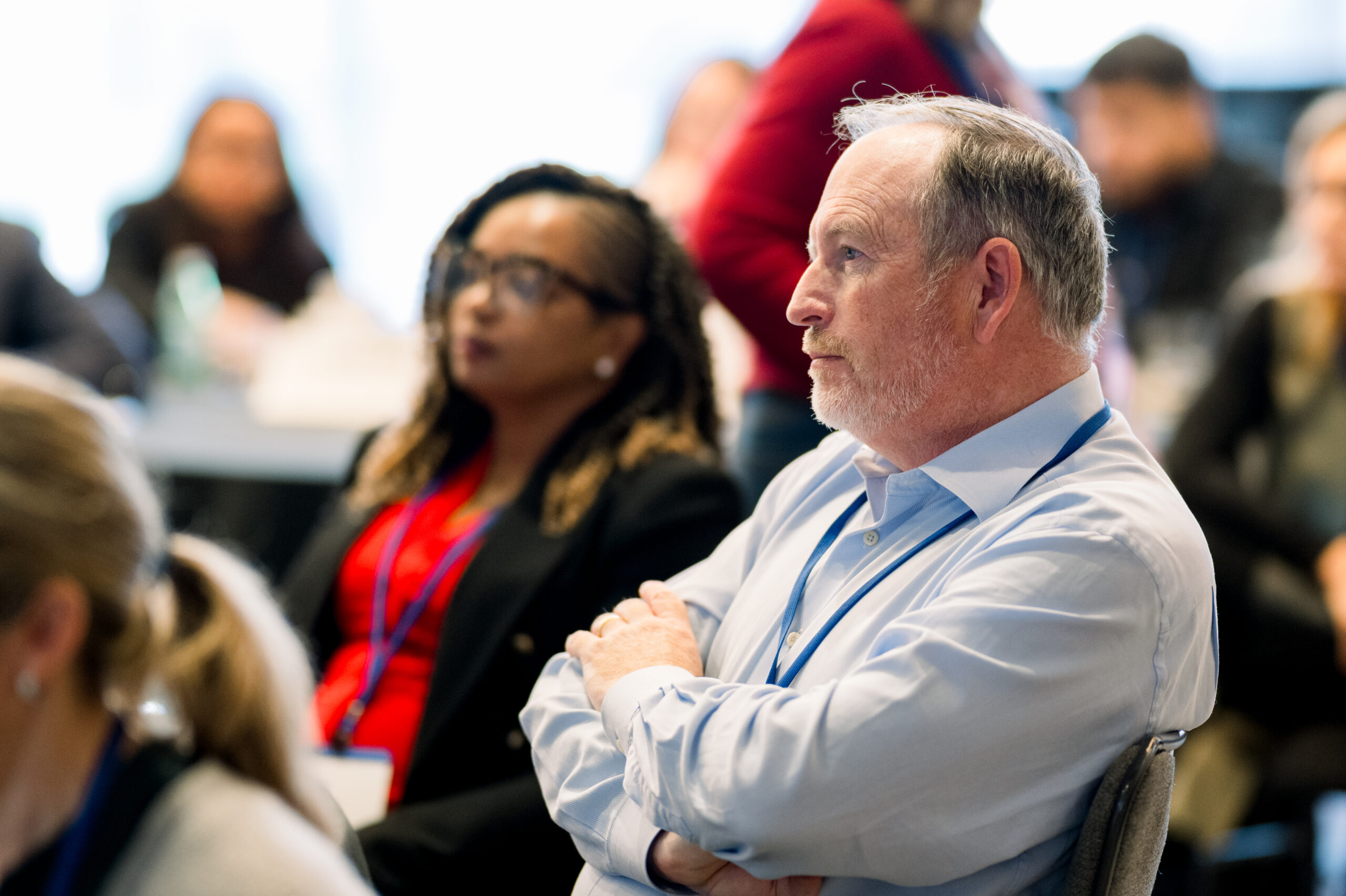IDR Processing Expected Soon Amid SAVE Uncertainty


While most headlines this week focused on volatile markets and rising tariffs, student loan borrowers saw several important updates that could impact their ability to repay their debt.
From regulatory changes to legal setbacks, the last week delivered a lot of news on key programs. For borrowers in PSLF or income driven repayment plans, there’s a lot to watch.
Here are the developments that matter most if you’re stuck in student loan limbo.
The federal government restored the downloadable income-driven repayment application on StudentAid.gov. The new version no longer includes the SAVE plan, the Biden administration’s flagship effort to make student loan payments more affordable. The Department of Education removed the plan to comply with an injunction issued by the 8th Circuit Court of Appeals in February.
Borrowers can now use the form to apply for the remaining legally-available IDR plans: Income-Based Repayment (IBR), Pay As You Earn (PAYE), and Income-Contingent Repayment (ICR).
The SAVE plan, which had expanded income thresholds and promised faster forgiveness for some borrowers, remains in limbo. More than 8 million people had enrolled before the injunction halted new applications. While those already enrolled have not yet been removed, they remain in administrative forbearance pending the outcome of the court cases.
In a move that could affect millions of borrowers in public service, the Department of Education launched a formal rulemaking process to revise the Public Service Loan Forgiveness (PSLF) program. This follows a March executive order from President Trump directing the agency to limit forgiveness based on the activities of nonprofit and government employers.
The administration says the program is being misused by organizations. Critics argue the changes are vague and could disqualify borrowers based on their employer’s mission, rather than their own work. We break down who could lose eligibility with the PSLF proposals.
The negotiated rulemaking process is expected to take months. New rules would likely go into effect in mid-2026, but legal challenges may delay or block implementation.
Related: Can President Trump Reverse Student Loan Forgiveness Already Granted?
Although the IDR application is now available, processing remains paused. According sources familiar with the matter, the Department of Education is preparing to restart IDR plan processing in the coming weeks. It will likely begin with borrowers who’ve applied with the new updated online application or newly-launched paper forms, since these forms are known to comply with the existing injunction.
Remember, the current pause stem from the need to separate SAVE provisions from the broader IDR system and to comply with court rulings. Getting the new IDR plan application launched was a major milestone, and updates to processing systems are being finalized.
The final hurdles will be dealing with the backlog of applications. Borrowers who have submitted applications since the February pause are being held in queue. However, many of these applications may not be able to be processed due to borrowers selecting a repayment plan that’s ineligible.
Loan servicers cannot simply process all the backlog of applications, they will have to be sorted out: applications that are eligible to be processed (those that selected IBR, ICR, and PAYE), and those that are not eligible to be processed (those that selected Recommended or SAVE).
Old Form:
Another wrinkle though, is if borrowers selected an ineligible repayment plan before the court injunction, and it wasn’t processed, how will those be handled? The new IDR form gives hints with this phrase “If I am currently enrolled in the SAVE plan and fail to submit a new IDR application, I will remain in forbearance.” But that doesn’t address the long term, and there are still open questions that we don’t have the answer to yet.
We expect that borrowers that opted for “Recommended” or “SAVE” will see their applications rejected, but again, we don’t know that that process would look like.
Once processing resumes, those who want to avoid further delays should submit or resubmit their forms now using the updated IDR portal, and make sure they submit with an eligible repayment plan.
With PSLF on the rulemaking calendar, SAVE held up in the courts, and IDR just getting back online, the student loan system remains in flux.
Borrowers pursuing forgiveness or trying to keep payments low should check their accounts often and stay alert for official updates. It doesn’t hurt to ensure you have a copy of your student loan data file, and records of your statements.
For borrowers in the SAVE forbearance, it’s likely best to stay put until there is more certainty about the future options. Leverage this time to improve the rest of your personal financial life – like boosting your emergency fund or paying off other debts. It’s possible the SAVE forbearance could last into this fall, or even 2026.
Don’t Miss These Other Stories:

Industrial flex space has become a quiet favorite among sophisticated investors seeking durable income backed by real business demand. If...

Getting an inheritance is the epitome of a mixed blessing. You receive a financial windfall, but the cause is the...

During his tenure as the California Secretary of Health and Human Services, Mike Wilkening cemented his reputation as a steady...